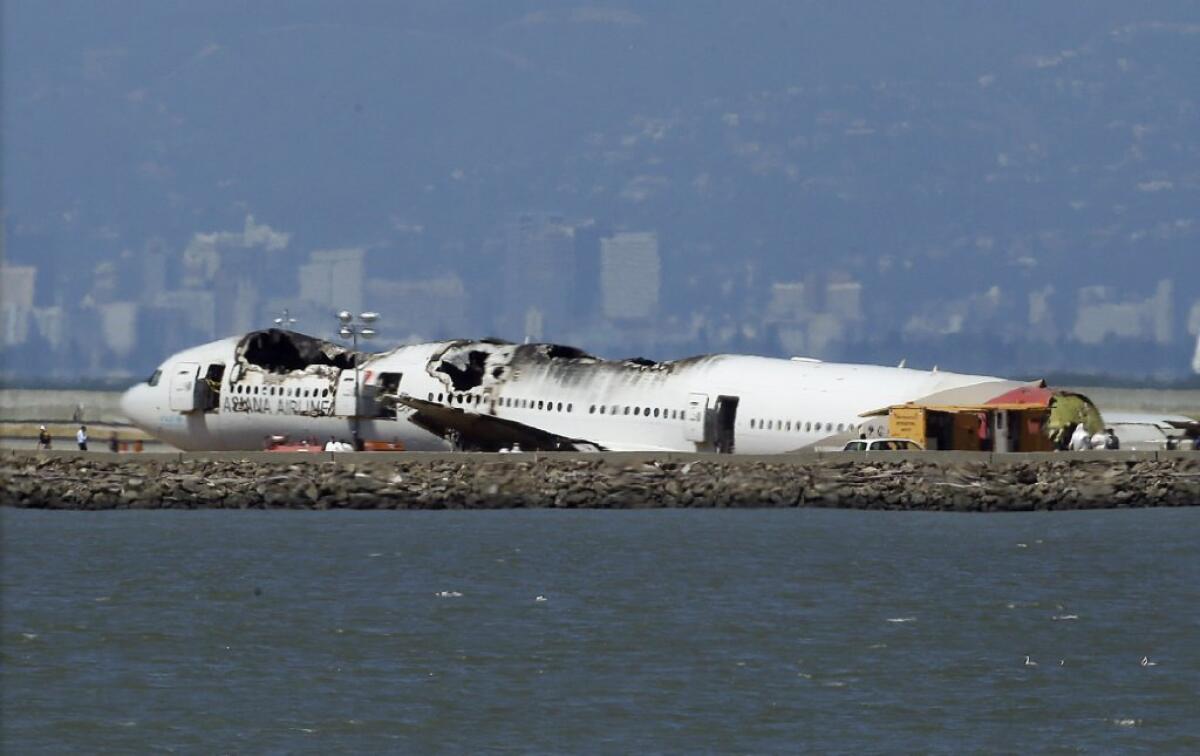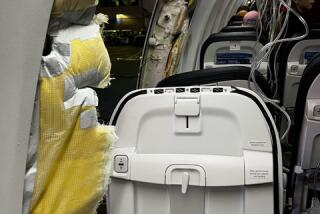Could the San Francisco crash have a cultural component?

Why wasn’t there more chatter in the cockpit of the Asiana Airlines plane shortly before its low and ultimately disastrous landing in San Francisco? Investigators are focusing on why the airliner’s approach to the runway was so low; included in that are questions about why the copilot, who reportedly had far more experience flying this type of jet than the pilot, didn’t say more about it a lot earlier.
We don’t need a terribly long memory to be reminded of the serious safety issues that plagued Korean Air for years, and the theory that this was in part caused by cultural-deference issues — in other words, copilots who felt constrained from challenging the pilots because of traditional respect for hierarchy and authority.
In his 2008 book “Outliers: The Story of Success,” pop-culture author Malcolm Gladwell specifically pointed to this supposed deference as a contributing factor to Korean Air’s problems. In an interview with Fortune magazine at the time, he said:
“Korean Air had more plane crashes than almost any other airline in the world for a period at the end of the 1990s. When we think of airline crashes, we think, Oh, they must have had old planes. They must have had badly trained pilots. No. What they were struggling with was a cultural legacy, that Korean culture is hierarchical. You are obliged to be deferential toward your elders and superiors in a way that would be unimaginable in the U.S.
“But Boeing and Airbus design modern, complex airplanes to be flown by two equals. That works beautifully in low-power-distance cultures [like the U.S., where hierarchies aren’t as relevant]. But in cultures that have high power distance, it’s very difficult.
“I use the case study of a very famous plane crash in Guam of Korean Air. They’re flying along, and they run into a little bit of trouble, the weather’s bad. The pilot makes an error, and the copilot doesn’t correct him. But once Korean Air figured out that their problem was cultural, they fixed it.”
Could a similar dynamic have affected pilot behavior on Asiana, also based in South Korea? Or could two experienced pilots simply have not noticed there was a problem?
ALSO:
Night terrors of the uninsured
Spitzer, Weiner: Is it the Year of the Horndog in New York?
Safest seats in an air crash: They’re not where you might think
More to Read
A cure for the common opinion
Get thought-provoking perspectives with our weekly newsletter.
You may occasionally receive promotional content from the Los Angeles Times.







